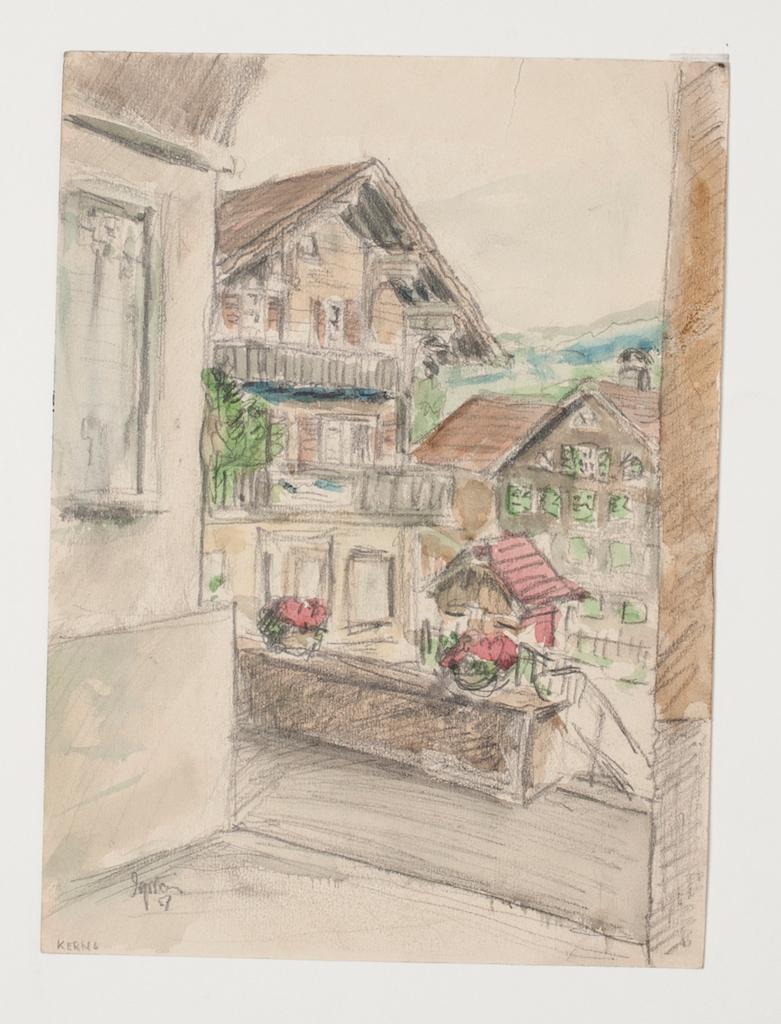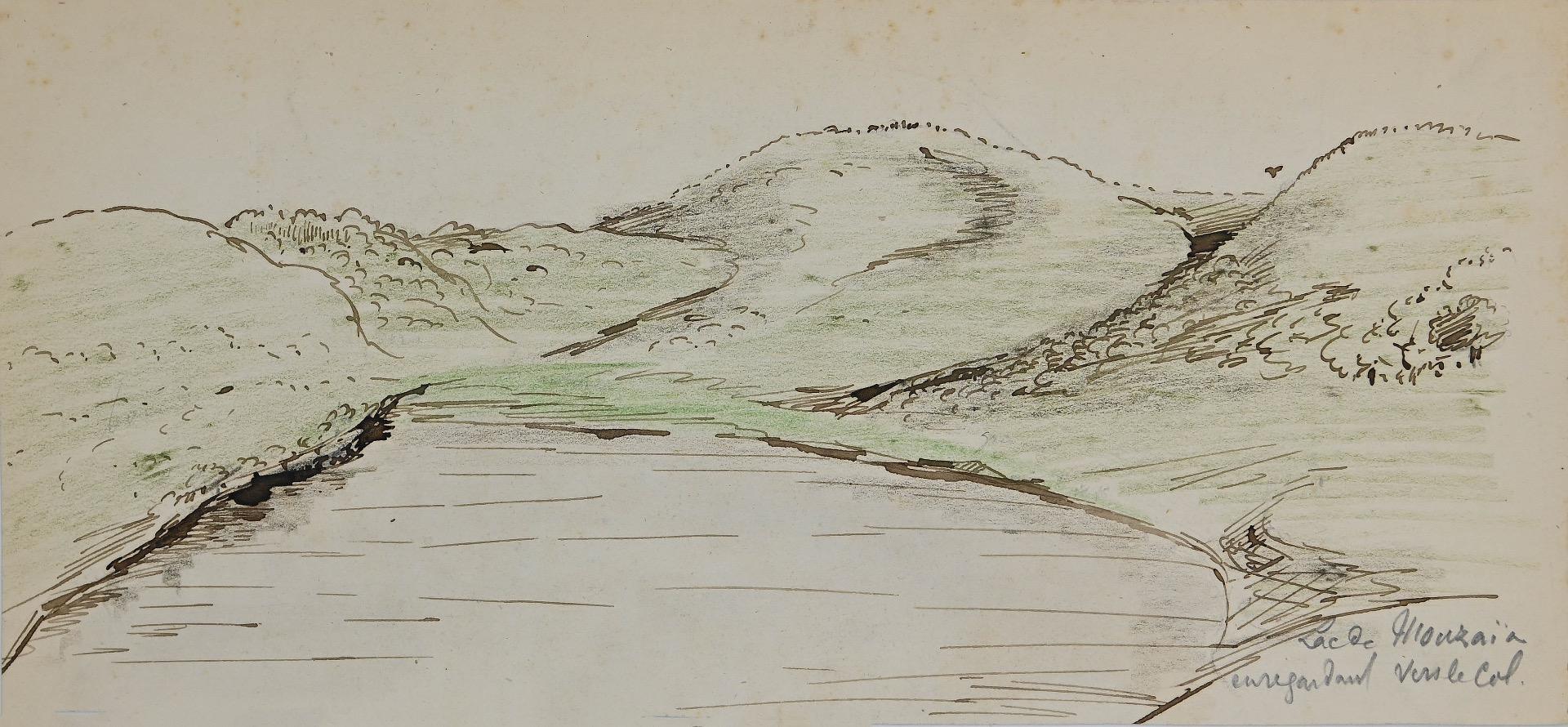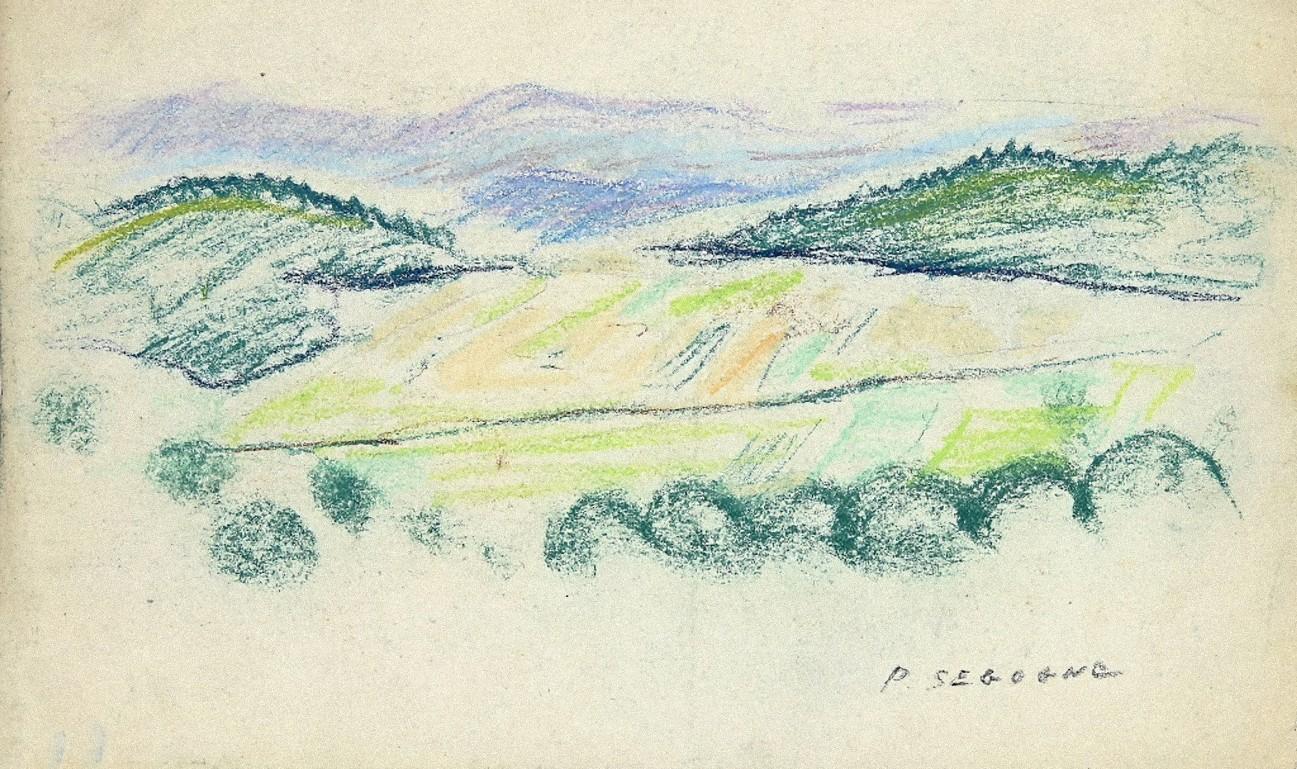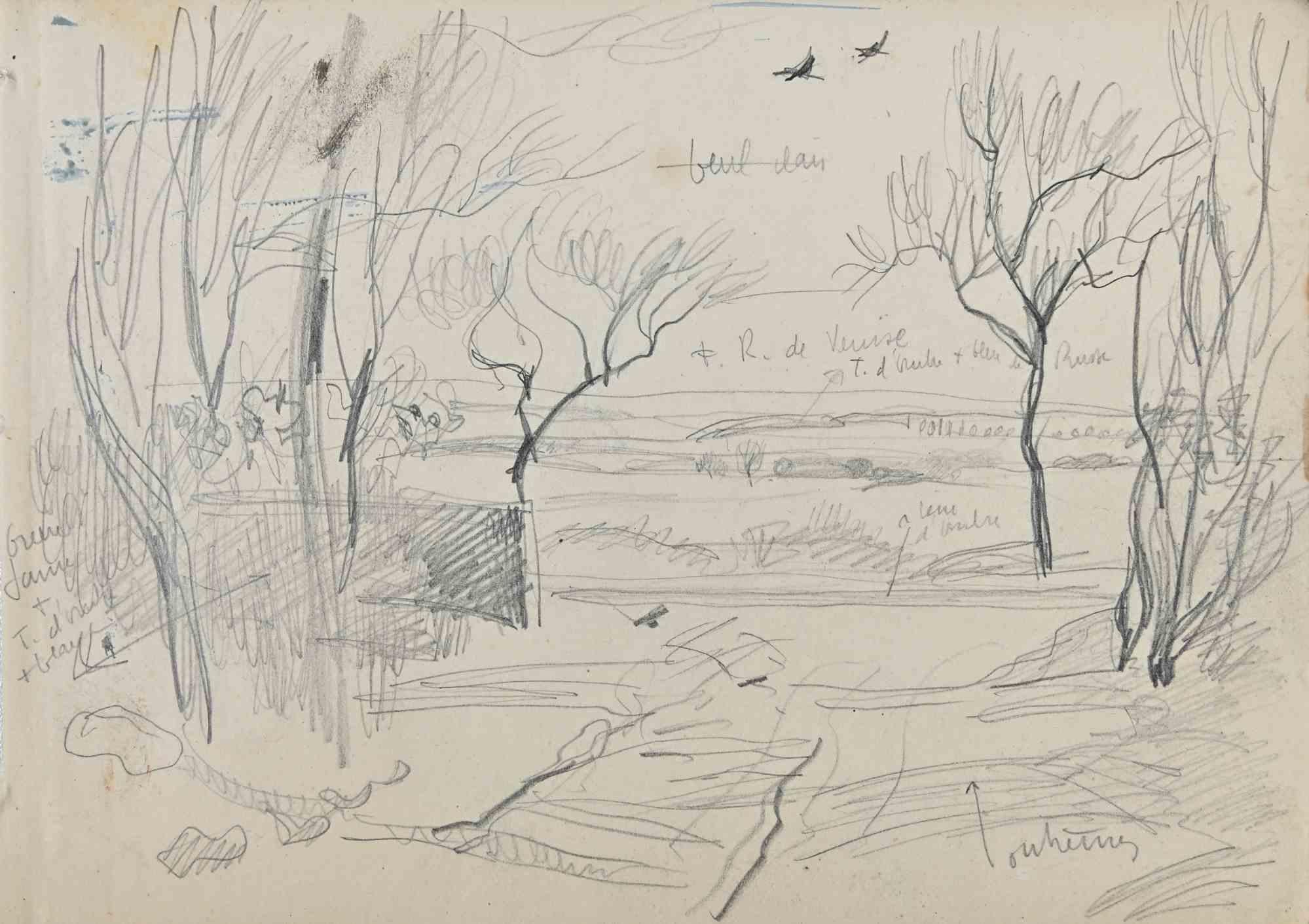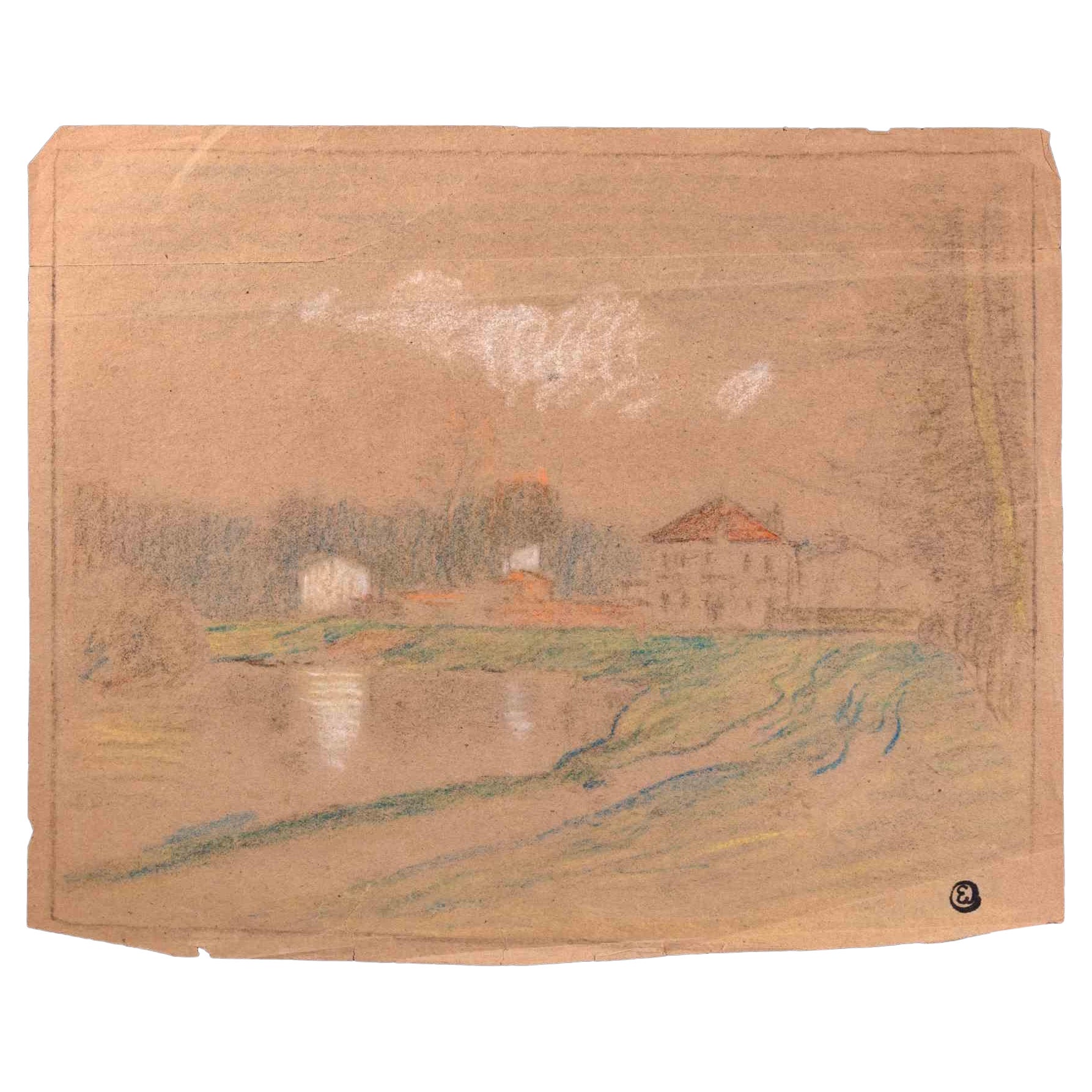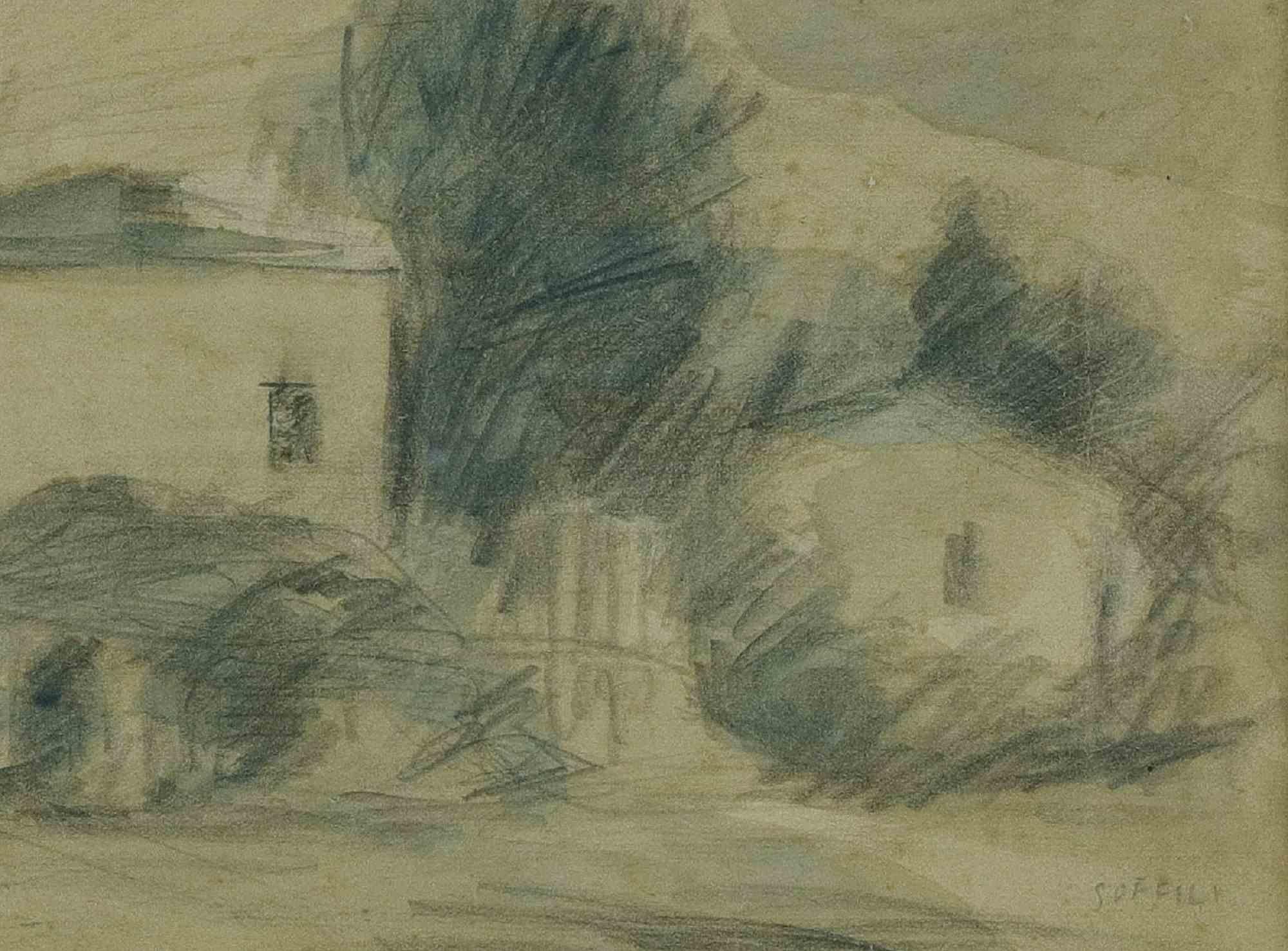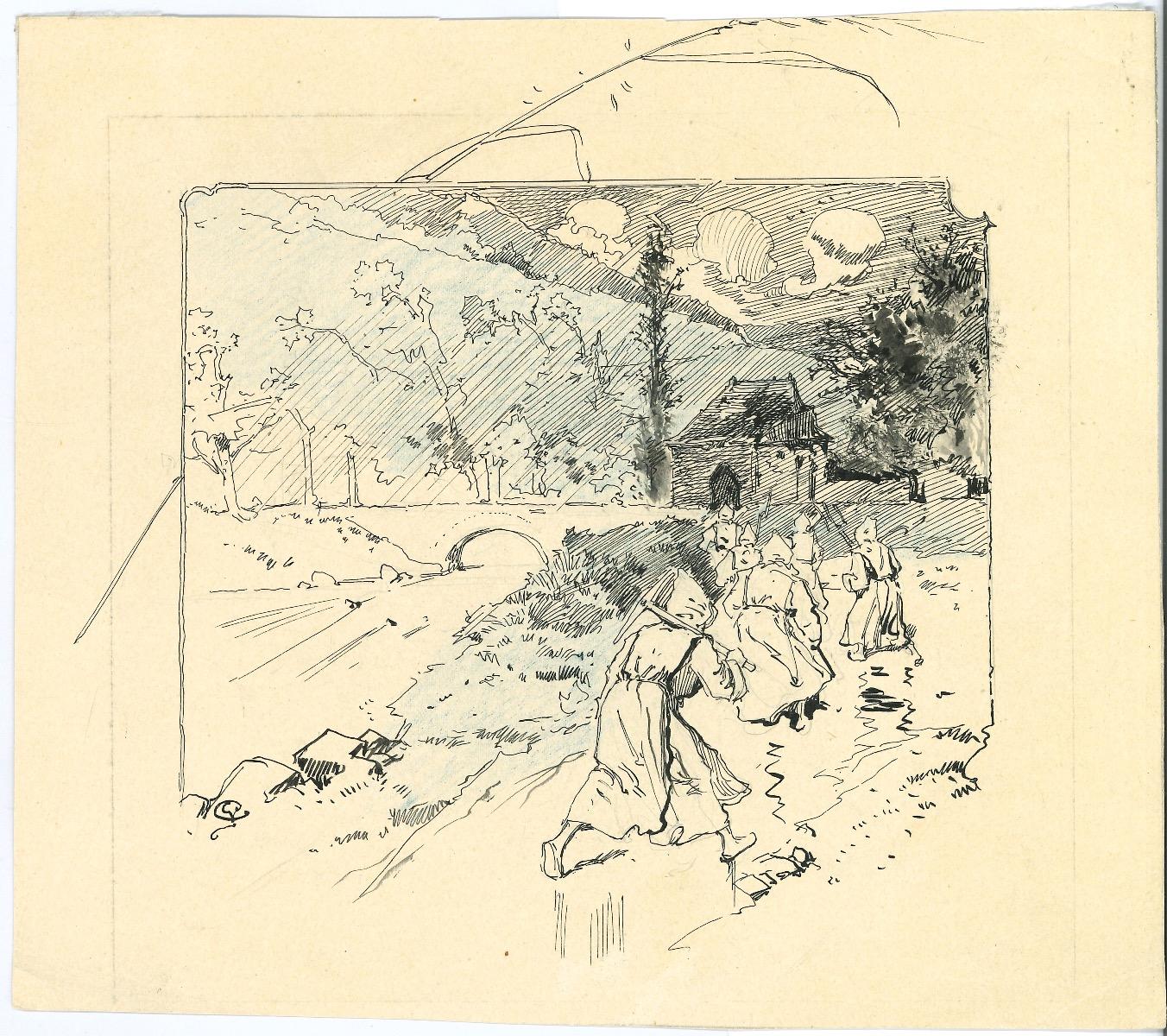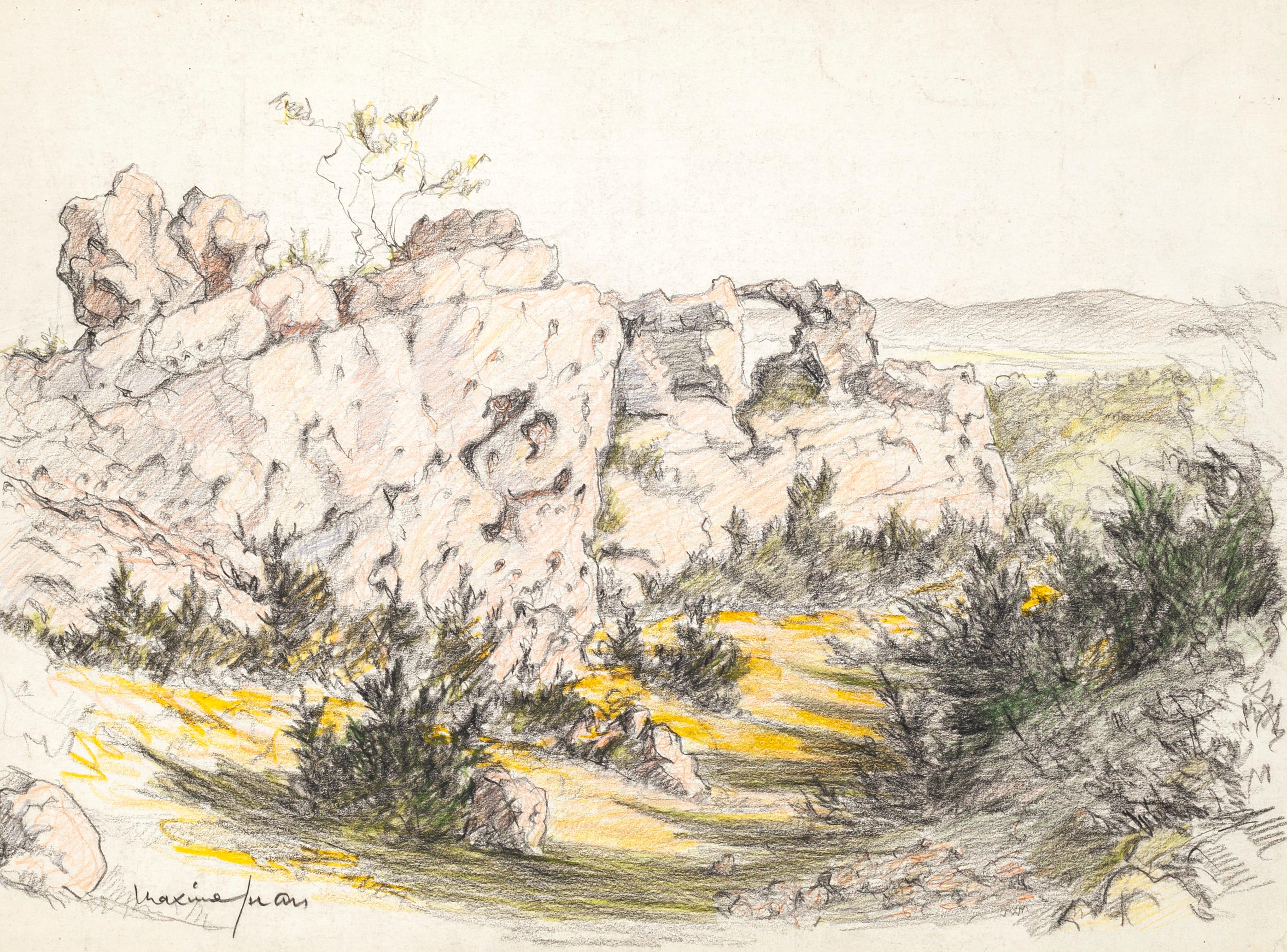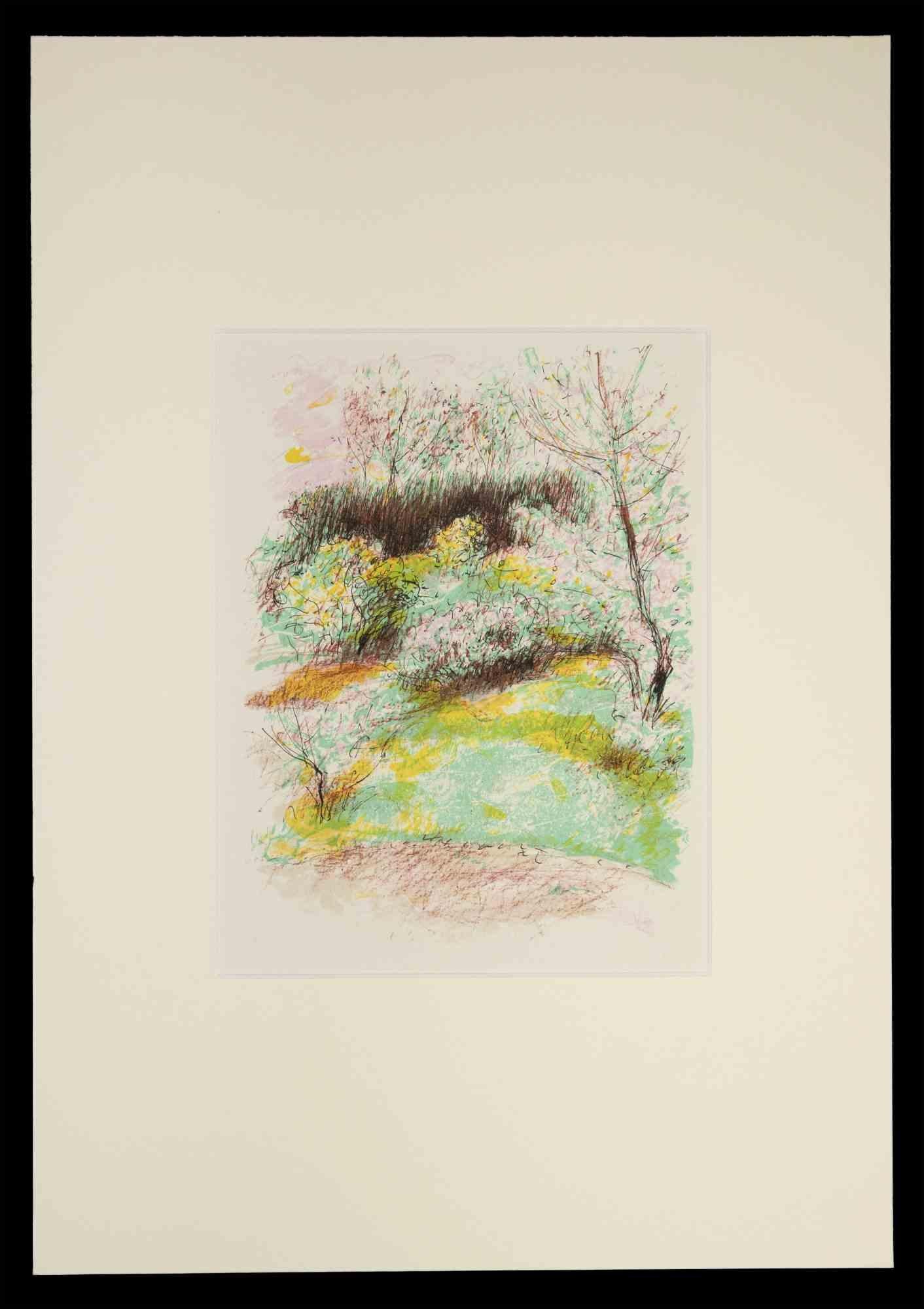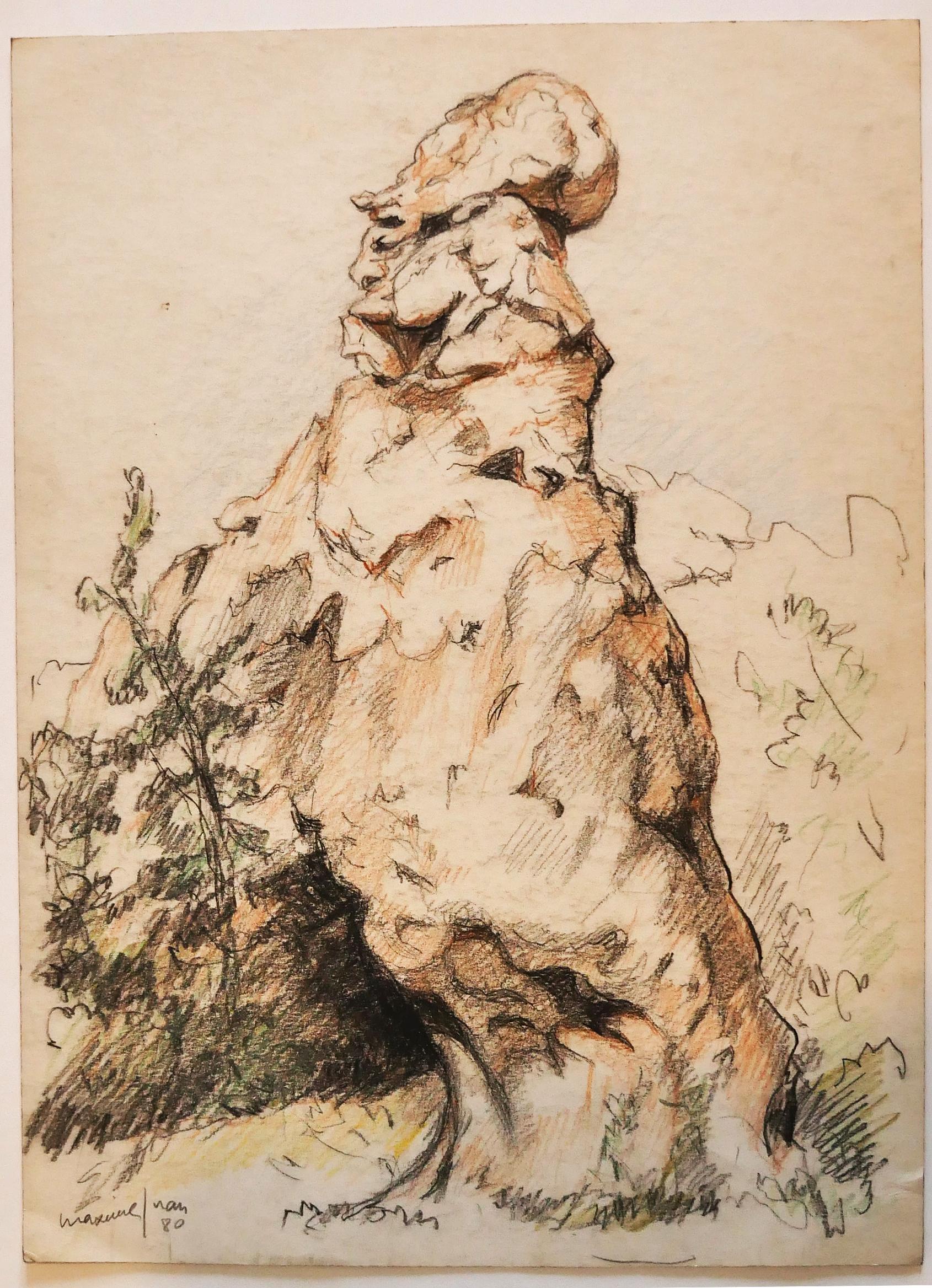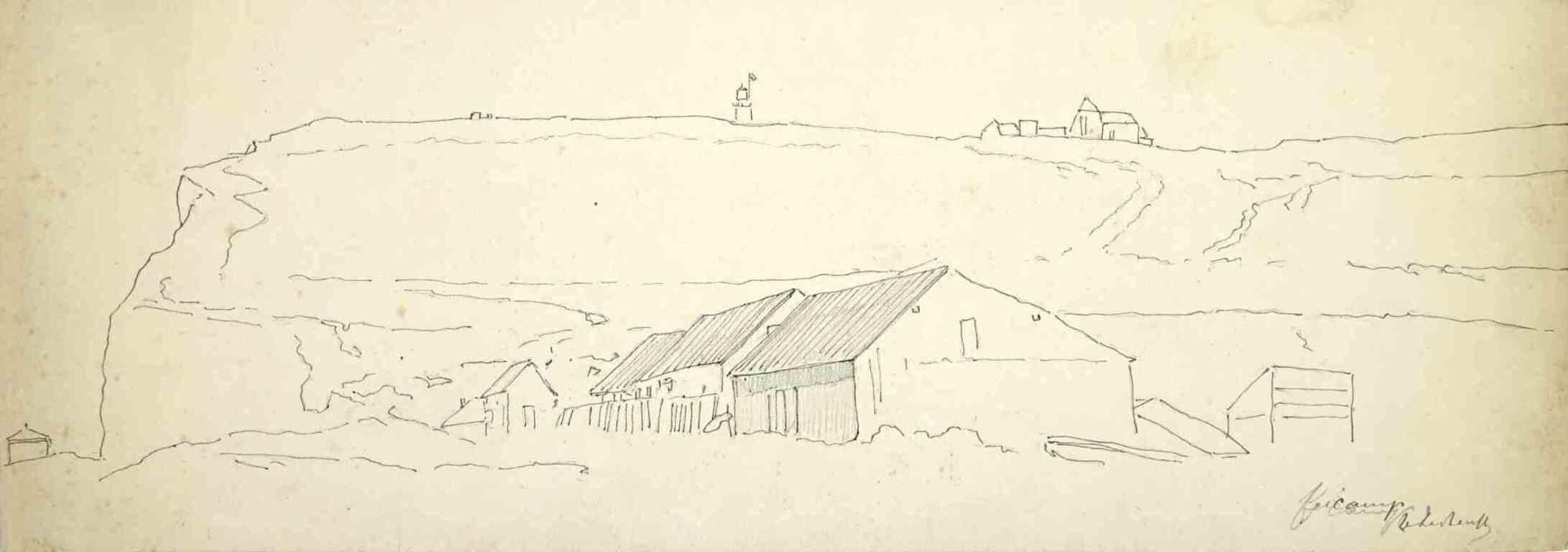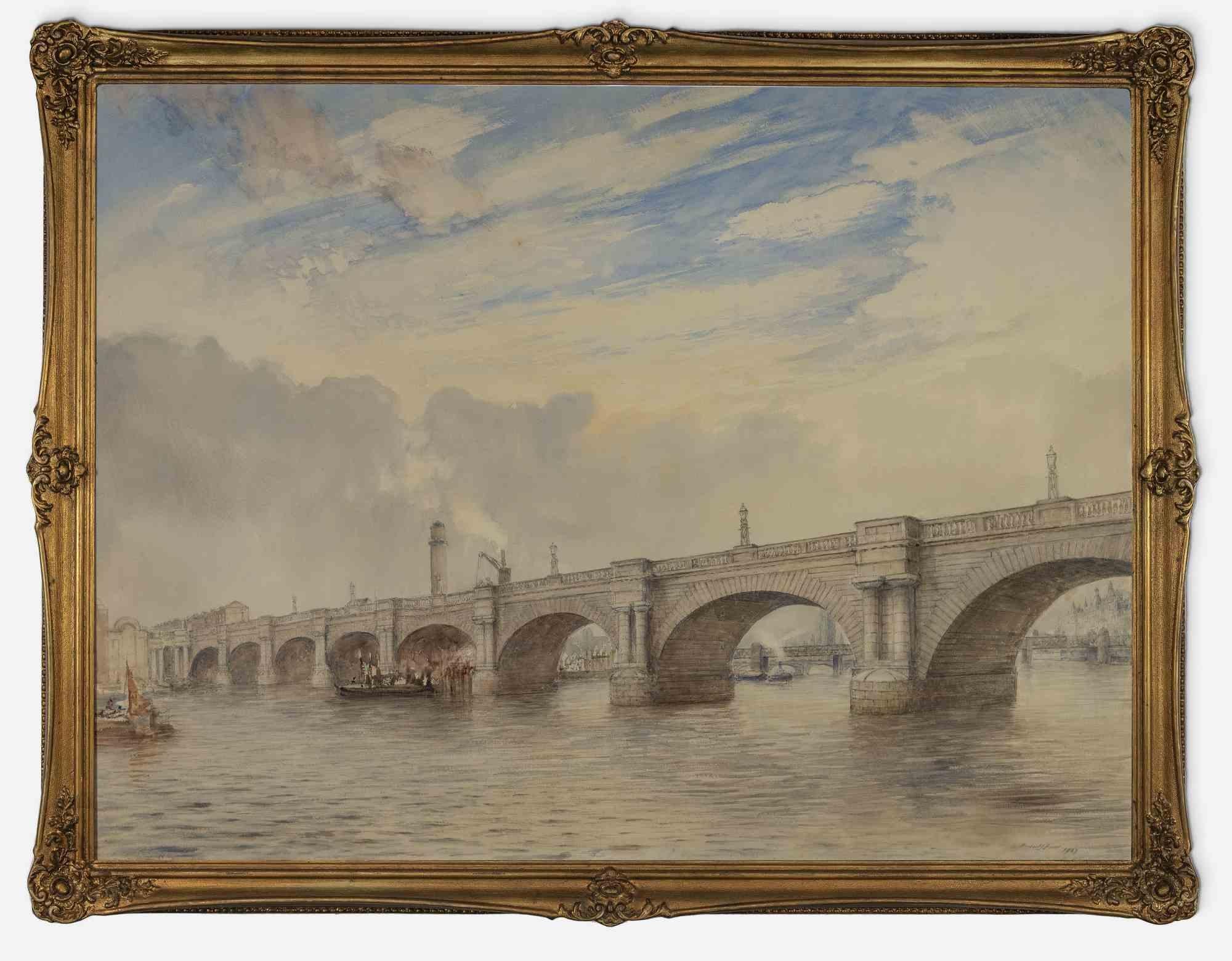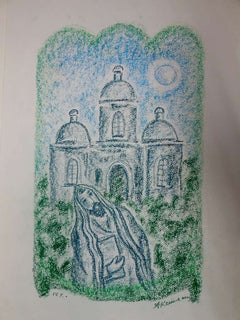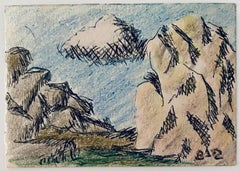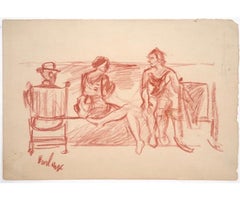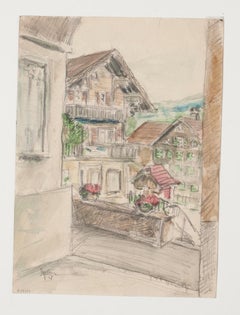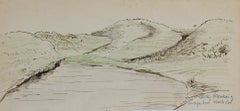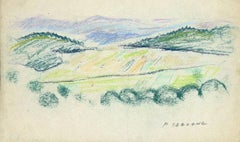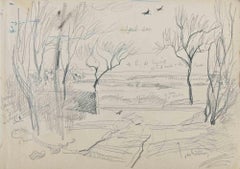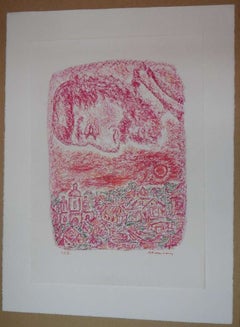
Pastel on paper Shtetl Scene
View Similar Items
Want more images or videos?
Request additional images or videos from the seller
1 of 9
Anatoli Lvovich KaplanPastel on paper Shtetl Scene
$2,200List Price
About the Item
- Creator:Anatoli Lvovich Kaplan (1902 - 1980, Russian)
- Dimensions:Height: 24 in (60.96 cm)Width: 17 in (43.18 cm)
- Medium:
- Movement & Style:
- Period:
- Condition:tear on lower left corner.
- Gallery Location:Surfside, FL
- Reference Number:1stDibs: LU38210480692
About the Seller
4.9
Platinum Seller
Premium sellers with a 4.7+ rating and 24-hour response times
Established in 1995
1stDibs seller since 2014
1,797 sales on 1stDibs
Authenticity Guarantee
In the unlikely event there’s an issue with an item’s authenticity, contact us within 1 year for a full refund. DetailsMoney-Back Guarantee
If your item is not as described, is damaged in transit, or does not arrive, contact us within 7 days for a full refund. Details24-Hour Cancellation
You have a 24-hour grace period in which to reconsider your purchase, with no questions asked.Vetted Professional Sellers
Our world-class sellers must adhere to strict standards for service and quality, maintaining the integrity of our listings.Price-Match Guarantee
If you find that a seller listed the same item for a lower price elsewhere, we’ll match it.Trusted Global Delivery
Our best-in-class carrier network provides specialized shipping options worldwide, including custom delivery.More From This Seller
View AllPastel on paper Shtetl Scene
By Anatoli Lvovich Kaplan
Located in Surfside, FL
Pastel or Tempera on paper. Judaica Shtetl scene of village.
Anatoli Lwowitch Kaplan was a Russian painter, sculptor and printmaker, whose works often reflect his Jewish origins.
his...
Category
20th Century Modern Figurative Drawings and Watercolors
Materials
Pastel
Shtetl Scene with Synagogue "Prayer"
By Anatoli Lvovich Kaplan
Located in Surfside, FL
Pastel or Tempera on paper. Judaica Shtetl scene of village. A Jew with Talith and Tefillin in front of the Synagogue.
Anatoli Lwowitch Kaplan was a Russian painter, sculptor and pri...
Category
20th Century Modern Landscape Drawings and Watercolors
Materials
Pastel, Tempera
Pastel, Ink Drawing Rocks And Cloud Landscape Jewish American Modernist WPA
By Ben-Zion Weinman
Located in Surfside, FL
Miniature Landscape
Provenance: Virginia Field, Arts administrator; New York, N.Y. Assistant director for Asia House gallery. (she was friends with John von Wicht and Andy Warhol)
Born in 1897, Ben-Zion Weinman...
Category
Mid-20th Century Expressionist Landscape Drawings and Watercolors
Materials
Pastel, Ink, Watercolor
Modernist Conte Crayon Drawing Beach Scene David Burliuk Russian Futurist
By David Burliuk
Located in Surfside, FL
David Burliuk (Ukrainian, 1882-1967)
Three figure on the beach (Hamptons, Long Island New York)
Conte crayon drawing on paper.
Hand signed lower left.
Unframed
Provenance: Bloomsbury Auctions
David Davidovich Burliuk (Дави́д Дави́дович Бурлю́к; 1882-1967) was a Russian poet, artist and publicist of Ukrainian origin associated with the Futurist and Neo-Primitivist movements. Burliuk has been described as "the father of Russian Futurism."
David Burliuk was born on 21 July 1882 in the village of Riabushky (near Lebedyn, Ukraine) in the Kharkov Governorate of the Russian Empire. Burliuk's family was artistically inclined; two of his brothers were talented artists as well, Nikolai and Volodimir Burliuk. The Burliuk family partly descended from Ukrainian Cossacks on their father's side, who held premier positions in the Hetmanate. His mother, Ludmyla Mikhnevich, was of ethnic Belarusian descent.
From 1898 to 1904, he studied at Kazan and Odesa art schools, as well as at the Royal Academy in Munich. His exuberant, extroverted character was recognized by Anton Azhbe, his professor at the Munich Academy, who called Burliuk a "wonderful wild steppe horse". During a time of significant industrialization and political change, movements such as the famed Der Blaue Reiter, a group Burliuk associated with in 1912, while he was in Munich, emphasized a shift away from the classical styles of the past, prioritizing the innovations of the future.
In 1907, he made contact with the Russian art world; he met and befriended Mikhail Larionov, and they are both credited as being major forces in bringing together the contemporary art world. In 1908, an exhibition with the group Zveno ("The Link") in Kiev was organized by David Burliuk together with Wladimir Baranoff-Rossine, Alexander Bogomazov, his brother Volodymyr (Wladimir) Burliuk and Aleksandra Exter. The exhibition was a flop, especially because they were all unknown painters. The Burliuks and Larionov left for the aforementioned brothers' home in Chernianka, also known as Hylea; it was during this stay that their work became more Avant-Garde. That autumn, while visiting Ekster, they organized an exhibition which took place in the street; it was a success, and enough money was raised to go to Moscow.
In 1909, Burliuk painted a portrait of his future wife, Marussia, on a background of flowers and rocks...
Category
Mid-20th Century American Modern Figurative Drawings and Watercolors
Materials
Paper, Conté, Crayon
Rare Chaim Gross Watercolor Painting Manhattan Skyscrapers Train NYC WPA Artist
By Chaim Gross
Located in Surfside, FL
This appears to be dated 1927. It came in with a piece dated 1929. A very early, rare work.
Framed 22.5 x 18. Image 14.5 x 9
A great New York city street scene with an El train (elev...
Category
Mid-20th Century American Modern Figurative Drawings and Watercolors
Materials
Paper, Watercolor
Whimsical Illustration "Snow" Cartoon, 1938 Mt Tremblant Ski Lodge William Steig
By William Steig (b.1907)
Located in Surfside, FL
Lighthearted Illustration of Outdoor Pursuits This one being cross country Snow Shoes signed "W. Steig"
Provenance: from Mrs. Joseph B. Ryan, Commissioned by ...
Category
1930s American Modern Figurative Drawings and Watercolors
Materials
India Ink, Watercolor, Illustration Board
You May Also Like
Mountain Village - Original Pencil and Pastel Drawing by Werner Epstein - 1957
By Werner Epstein 1
Located in Roma, IT
Mountain Village is an original drawing in pencil and pastel on paper realized in 1957 by Werner Epstein.
Hand-signed and dated on the lower left in pencil.
The state of preservation is very good except for a small rip at the top right.
Applied on a white Passepartout: 40 x 30 cm
The artwork represents a beautiful mountain village landscape...
Category
1950s Modern Figurative Drawings and Watercolors
Materials
Pencil, Pastel
Landscape - Ink and Pastel Drawing - Mid-20th Century
Located in Roma, IT
Landscape is an original china ink and pastels drawing on ivory-colorated paper, realized by Anonymous Artist of XX Century.
In very good conditions.
Illegible signature on the low...
Category
Mid-20th Century Modern Figurative Drawings and Watercolors
Materials
Pastel, Ink
Landscape - Pastel on Paper by Pierre Segogne - Early 20th Century
By Pierre Segogne
Located in Roma, IT
Landscape is a beautiful pastel drawing on cream-colored paper, realized by the artist Pierre Segogne.
Hand-signed on the lower right corner.
The state of preservation is very good...
Category
Early 20th Century Modern Figurative Drawings and Watercolors
Materials
Pastel
The Landscape - Original Drawing by Norbert Meyre - Mid-20th Century
Located in Roma, IT
The Landscape is an original Drawing on paper realized by French painter Norbert Meyre in the mid-20 century.
Drawing in pencil and pastel..
The artwork is represented through deft...
Category
Mid-20th Century Modern Landscape Drawings and Watercolors
Materials
Pencil, Pastel
Landscape - Original Drawing by Edmond Cuisinier - Early 20th Century
Located in Roma, IT
Landscape is an original drawing in Pastel realized in the early 20th Century by Edmond Cuisinier (1857-1917).
Good conditions except for consumed right-margin.
The artwork is depi...
Category
Early 20th Century Modern Landscape Drawings and Watercolors
Materials
Pastel
Landscape - Drawing by Ardengo Soffici - 1930s
By Ardengo Soffici
Located in Roma, IT
Landscape is an original modern artwork realized by Ardengo Soffici in 1930s.
Pencil on paper.
Hand signed lower right.
Includes frame.
Category
1930s Modern Figurative Drawings and Watercolors
Materials
Pencil, Pastel
Recently Viewed
View AllMore Ways To Browse
Pastel Artwork
1950s Pastel
Jewish Shtetl
Judaica Watercolor
Butcher Shop
Chad Sculpture
Had Gadya
Goat Chagall
Katz Pastel
Charcoal Drawings 19th Century
Martin Luther King Signed
Vintage Sketch Drawing
Vogue Illustration
Charcoal Drawings Of A Dancer
Alexander Warren Montel Lanvin
Kurt Cobain Signed
Pen And Ink Drawings Female
John Nesbitt
